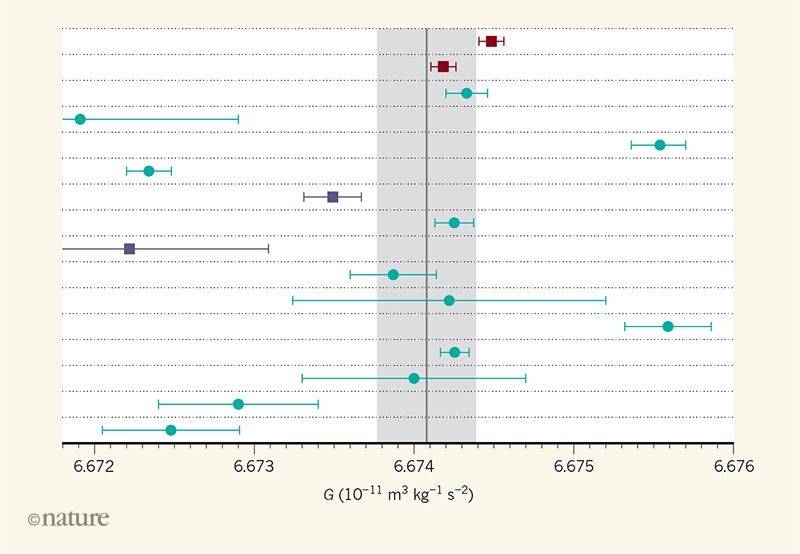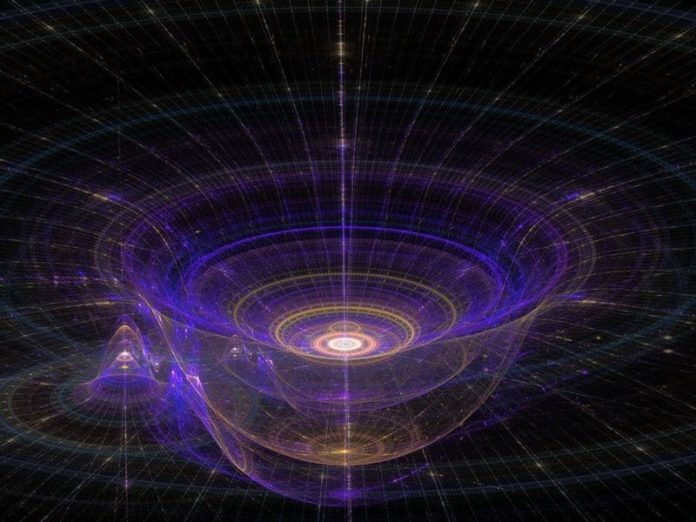The Newtonian gravitational constant, G, is one of the most fundamental constants of nature. Still, we do not have an accurate value for it. Now, a team of scientists in China has claimed that they have made the most precise measurement of gravity’s strength yet by measuring G.
The new measurement is important both for high-powered atomic clocks as well as the study of the universe, earth science, or any kind of science that relies on gravity in some way.
In order to calculate the actual gravitational force between two things, you have to multiply the combined masses divided by the distance squared by a very, very, very tiny number.
Given how little it is, deciding the true estimation of G is extremely difficult, and the agreed-upon esteem set by the International Committee on Data for Science and Technology (CODATA) is considerably less exact than the values agreed upon for different numbers that researchers utilize.

Today, researchers utilize an estimation of .0000000000667408, give or take 47 sections for each million. Basically, ascertaining with this G resembles endeavoring to paint with a fat paintbrush versus different examinations whose constants resemble painting with skinnier paintbrushes.
Scientists built two plate-containing torsion balances that are based on different measurement techniques: the time-of-swing (TOS) method and the angular acceleration-feedback (AAF) method. In the TOS method, the rotation of the plate is oscillatory. G is calculated from the change in the speed of the oscillation when the external masses are in two different configurations.
By contrast, in the AAF method, two turntables are used to rotate the torsion balance and the external masses individually. G is determined from the angular acceleration of the turntable associated with the torsion balance when the amount of twisting of the fiber is reduced to zero.
They ended up measuring 6.674184 × 10−11 and 6.674484 × 10−11 cubic meters per kilogram per square second for the time-of-swinging and angular acceleration methods, respectively. These measures were both very precise, but are still different from one another for unknown reasons. This might have had something to do with the string used for the pendulum.
The study is an example of excellent craftsmanship in precision measurements. However, the true value of G remains unclear. Various determinations of G that have been made over the past 40 years have a wide spread of values. Although some of the individual relative uncertainties are of the order of 10 parts per million, the difference between the smallest and largest values is about 500 parts per million.
The paper describing the study is published in the journal Nature.
